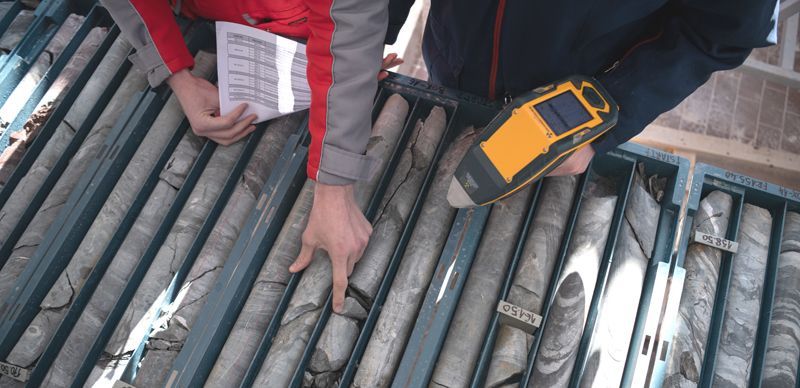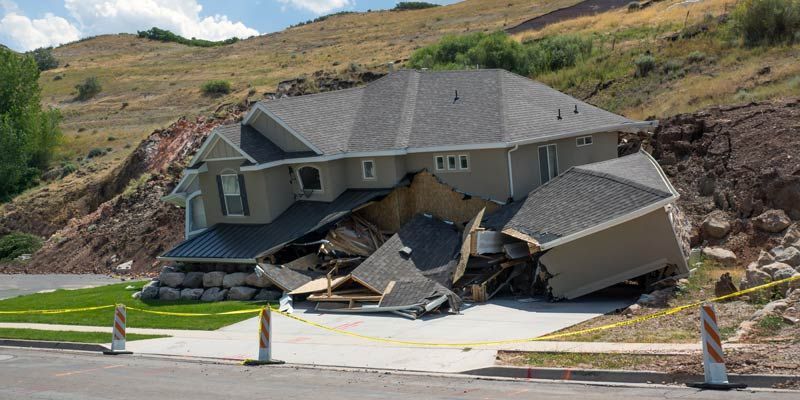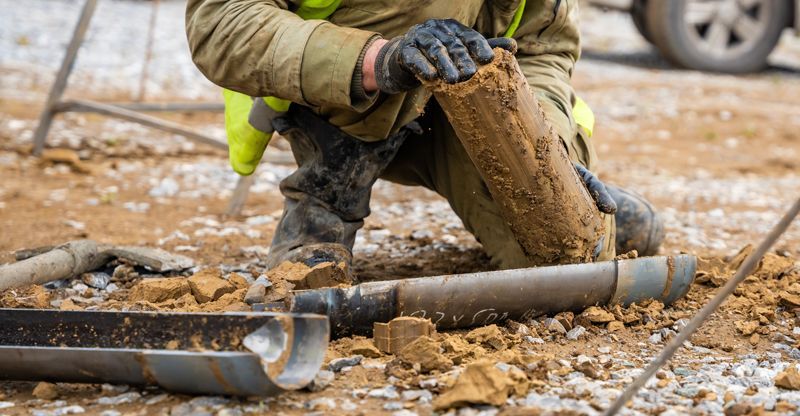Understanding Soil Mechanics Key Concepts for Engineers

The Foundation of Civil Engineering Success
Every great structure begins its life not in bricks or steel but in the ground beneath it. Soil mechanics is the backbone of civil engineering projects, providing the data and principles necessary to ensure safety, stability, and longevity. From towering skyscrapers to sprawling highways, understanding soil behavior is a critical part of the planning, design, and execution of any construction project.
This article explores the importance of soil mechanics in engineering, dives into the fundamental concepts, and discusses practical applications. Whether you're an emerging engineer or a seasoned professional, a solid grasp of soil mechanics will help you make informed decisions and elevate the success of your projects.
Why Soil Mechanics Matters in Engineering
At first glance, soil may seem like an unremarkable material. However, the ground we build on is rich with complexity. Soil is not just about dirt; it's a dynamic mixture of minerals, water, air, and organic matter. Its properties can vary immensely from one location to another, influencing how it interacts with structures.
The implications of poorly understanding or overlooking soil behavior can be catastrophic. History is rife with examples of failed structures due to inadequate soil investigation—from collapsing buildings to landslides and sinking bridges. Incorporating soil mechanics principles into engineering projects ensures:
- Stability and safety of structures by evaluating load-bearing capacity.
- Prevention of structural issues such as settlement, cracking, or tilt.
- Reduction in construction costs through accurate ground condition assessments.
- Minimization of environmental impact by understanding the soil's role in drainage and stability.
When engineers address these factors, they make informed decisions about material use, design modifications, and structural reinforcements, saving both time and money during the project lifecycle.
Key Concepts in Soil Mechanics
Understanding the basic principles of soil mechanics requires examining some critical engineering concepts. These lay the foundation for effective application across a variety of projects.
Soil Composition and Classification
The behavior of soil is deeply tied to its composition. Soil is typically categorized into three main particle sizes:
- Sand – Coarse grains that provide good drainage but lack cohesive strength.
- Silt – Fine particles that retain more water, leading to moderate strength.
- Clay – Extremely fine and cohesive particles prone to swelling and shrinkage due to moisture changes.
Engineers must classify soil in project areas to predict how it will respond to different conditions. Laboratory and field tests, such as sieve analyses, Atterberg Limits tests, and Standard Penetration Tests, are commonly used to assess soil properties.
Shear Strength
Shear strength is the soil's ability to resist sliding forces. It plays a significant role in determining whether a structure can withstand loads without failure or displacement. Shear resistance arises from internal friction, which depends on particle arrangement and adhesion among soil grains. For example, clay's cohesive strength makes it suitable for retaining walls, while loose sandy soils may require stabilization.
Compressibility and Settlement
All soils compress under load to some degree. This is crucial when designing foundations. Too much settlement can lead to cracked walls, uneven flooring, and even structural collapse. Compressibility testing helps engineers determine how much soil will settle over time and plan accordingly by using techniques such as preloading or installing deep foundations like piles.
Permeability and Drainage
Water movement affects soil behavior in significant ways. Permeability refers to how easily water flows through soil pores. Highly permeable soils like sand allow water to pass quickly, while impermeable clays trap moisture. Understanding these dynamics ensures proper drainage and prevents failures like soil erosion, liquefaction, or waterlogging during intense rainfall.
Effective Stress Concept
The concept of effective stress governs many essential aspects of soil mechanics, from settlement to stability. Effective stress represents the portion of total stress carried by solid particles, excluding pore water. Variations in effective stress can lead to phenomena like soil compression or even collapse during rapid changes in water saturation, such as flooding.
Practical Applications in Engineering
Armed with a deep understanding of soil mechanics, engineers can tackle various challenges encountered in construction projects. Here are several key areas where these principles are applied:
Foundation Design
A structure is only as sound as its foundation. Soil tests identify the appropriate foundation type—whether it's shallow, such as slabs and spread footings, or deep, like piles and drilled shafts. For soft soils with low load-bearing capacities, engineers might opt for reinforced deep foundations or ground improvement techniques.
Slope Stability
From highway cuts to mountainside developments, managing slopes is essential for safety and usability. Geotechnical engineers assess soil mechanics to design stable slopes or retaining walls capable of holding back soil masses. They also calculate the angle of repose—the maximum slope angle at which soil will remain stable—to avoid landslides.
Pavement Systems
Roadways and runways depend on well-graded soil subgrades with appropriate compaction and drainage capacities. Soil mechanics guides engineers in selecting and testing roadbed materials to prevent deformation under traffic loads, ensuring a smoother and safer transportation network.
Tunneling and Excavation
Underground construction poses unique soil challenges. Tunneling projects rely on thorough geotechnical analysis to predict soil behavior during excavation, avoiding hazards like sinkholes or cave-ins. Additionally, engineers may employ soil stabilization techniques, such as grout injection, to strengthen weak areas.
Seepage Control in Dams and Embankments
Managing water flow beneath and around structures like dams requires precise calculations to prevent seepage or piping failures. Engineers use concepts like permeability and effective stress to design cutoff walls, grout curtains, or drainage systems that ensure structural safety.
The Ever-Evolving Field of Soil Mechanics
Advances in technology have continued to refine the study of soil mechanics. Techniques such as Ground Penetrating Radar (GPR), 3D modeling, and computerized geotechnical simulations provide engineers with improved tools to visualize and test soil conditions. This evolution helps engineers respond to increasingly complex challenges posed by climate change, urbanization, and the need for sustainable development.
By staying abreast of innovations in soil mechanics, engineering professionals can deliver more accurate evaluations, reduce project risks, and build resilient structures that stand the test of time.
Building a Solid Foundation for Success
No engineering success story is complete without a deep understanding of the ground beneath it. Soil mechanics unearths vital information about the natural world, bridging the gap between theoretical physics and real-world application. It empowers engineers to work smarter, designing structures that are safe, efficient, and sustainable.
Engineers who dedicate time to mastering soil mechanics will not only elevate their projects but also contribute to advancing the field of civil engineering. At Kagaoan Engineering, we recognize the critical role that soil plays in every project we undertake. With expertise and precision, we ensure that each structure is built on a foundation of knowledge as solid as the ground itself.









